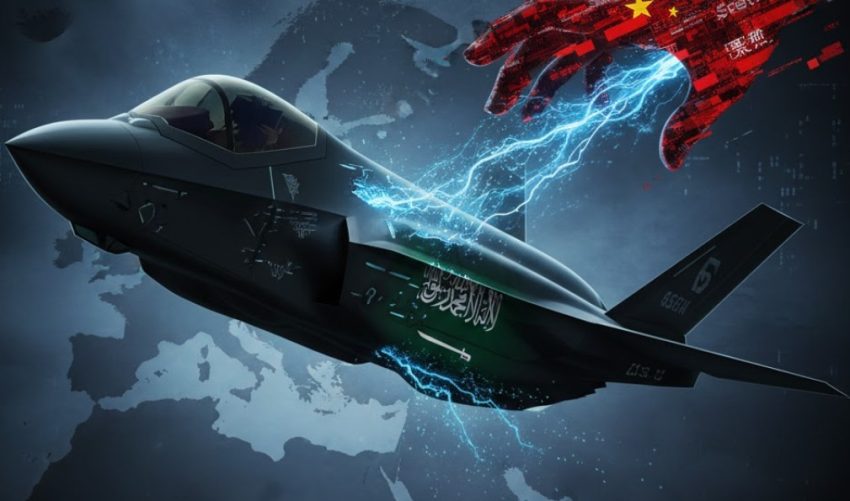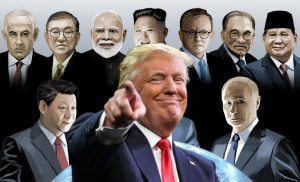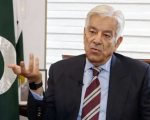WASHINGTON – Saudi Arabia is looking to advance its defence capabilities with F-35 Lightning II, world’s most advanced stealth multirole fighter, to dominate modern battlefields with unmatched technology.
F35 which is operated by US and key allies, gives unprecedented air superiority, though its highly classified technologies which also raised eyebrows in recent deals. As Riyadh is looking to get the top US jet, Pentagon analysts warn that a proposed sale of F-35 stealth fighters to Riyadh could do more than shift Middle Eastern air power, and it could hand China a roadmap to America’s most secret military technology.
Reports quoting classified Defense Intelligence Agency report said Beijing could use Saudi Arabia’s rapidly growing defense and industrial ties to get sensitive F-35 data.
Trump administration is currently weighing Riyadh’s request for up to 48 F-35A jets including spares, logistics, and training, enough to form two full operational squadrons. Pentagon officials fear it could also undermine Israel’s legally protected Qualitative Military Edge, a cornerstone of US regional strategy.
Analysts warn that the fallout could reverberate far beyond the Middle East. Any leaked technology could accelerate China’s fifth-generation fighter programs, disrupt Indo-Pacific air-power balances, and dent advantage of US allies already flying the F-35.
Over 1,000 F-35s have been delivered to allies including Japan, South Korea, Australia, Italy, Britain, and Singapore, forming a global fifth-generation defense network. Pentagon fears that a single breach via Saudi Arabia could reveal stealth coatings, radar-cross-section secrets, or next-generation datalink protocols like MADL, information that could shorten China’s fighter development timeline by 5–10 years, challenging U.S. dominance in the South China Sea, Taiwan Strait, and East China Sea.
Saudi Arabia’s air force, currently operating roughly 230 F-15s and 80 Eurofighter Typhoons, seeks F-35 to counter Iran’s expanding missile arsenal, UAV attacks, and proxy militias. Under Crown Prince Mohammed bin Salman’s Vision 2030, Saudi Arabia aims to localize 50% of defense spending, with China already central to missile production, UAV development, and joint military exercises.
Pakistan, Saudi Arabia vow to boost defence cooperation as CJCSC receives King Abdulaziz Medal














